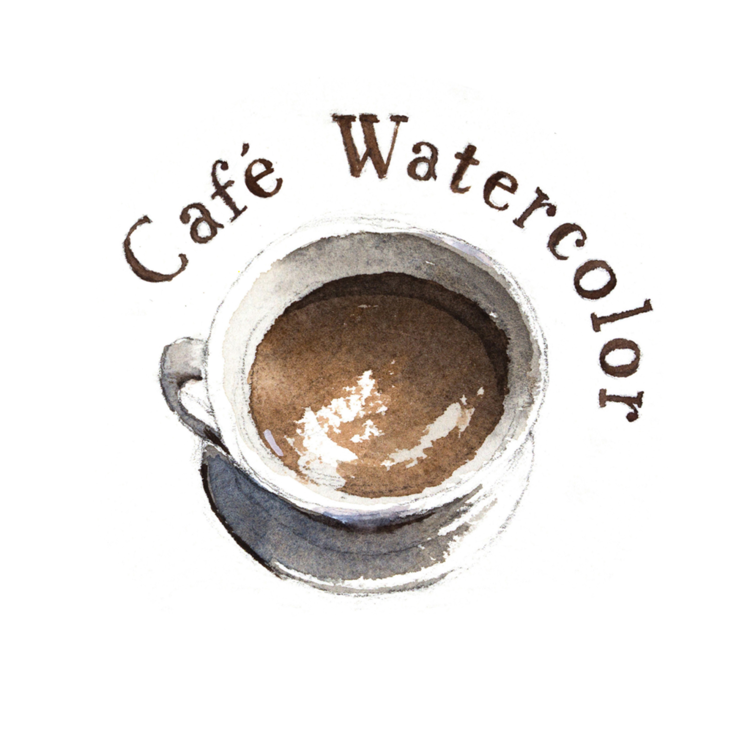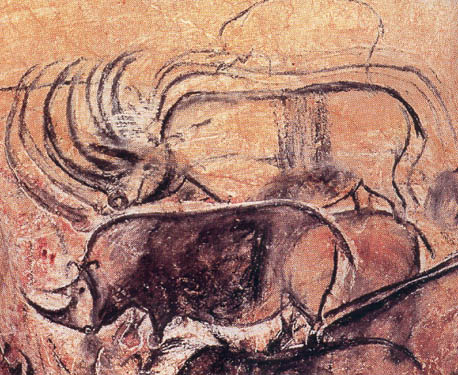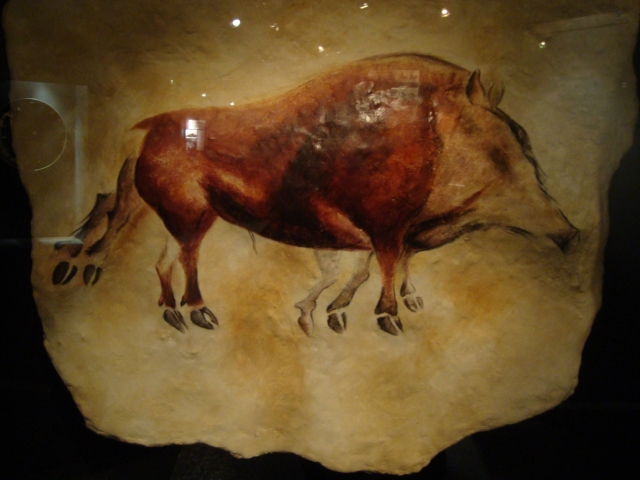I once shared a portrait painting on the web. There were quite a few feed backs. One of the feed backs jumped out to me. The person said I shouldn't leave the background so plain, it will be nice if I paint the portrait in an environment. While I appreciate the person's feed back. I have to disagree that we have to fill the page with as much visual information as possible.
Like a brief pause or silence in a piece of music. White space is essential to bring out the contrast and to help the viewer focus on the subject. Experienced artists understand how to use those effectively. This is especially important for watercolor. Since you can't paint white, you need to put in some thoughts and leave the white out. Unless you are using gouache, but it is not as clean and doesn't feels the same.
There are few reasons why you want to leave an area white or very light (one light wash):
- Bring out the dark/shadow next to it - When you leave white, it turns into light in your painting, when put light next to dark, it turns into form.
- Enhance the silhouette - There are places in your painting you want a strong shape and silhouette. Especially if the shape is dark, leaving it in white space can really makes it pop. Even if it's just a few little dots of bird in a white sky, it creates the sense of space in a 2d surface.
- To give your painting a soft light quality - You might've seen some photos with a subject sitting in front of very bright background. Such as a person sitting in front of a window. Because the camera expose to the subject, the background is blown out into a soft bright bloom. This is not always bad, it can gives a very soft look if this is what you're going for. Same thing for painting. While we don't have to mimic all the soft lighting quality, by leaving the subject in a light white space we can create the same effect.
Design a painting is as important as important as how you paint it.
Design a painting is as important as how you paint it. The more I paint the more time I spent thinking about the composition, value grouping and shape design. Some of the painting that I love have great design. Because that's the first thing you see, it makes your painting technique secondary. They are both important, but far too many people focus on painting skill and forget about the importance of painting design.









